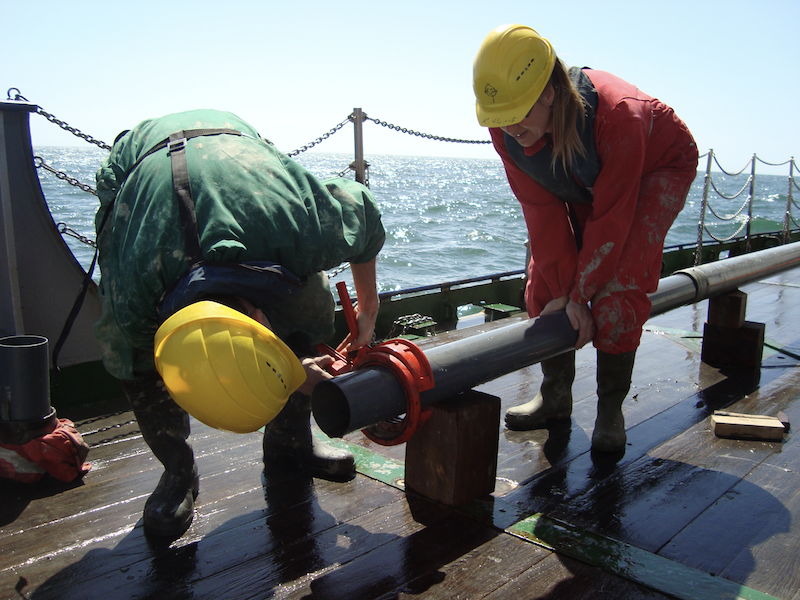Did climate change trigger pandemics in antiquity??

In a recently published study, researchers from MARUM - Center for Marine Environmental Sciences and the Department of Geosciences at the University of Bremen and the University of Oklahoma (USA) link changes in temperature and precipitation to pandemics. For the first time, they have created a high-resolution climate archive for the Gulf of Taranto (Italy) based on deposits on the ocean floor and compared it with pandemics in the Roman Empire.
For their study in Science Advances, Karin Zonneveld and her team used fossilized organic microfossils, so-called dinoflagellate cysts, to reconstruct temperatures and precipitation for the period from 200 BC to 600 AD, with a resolution of three years. Three major pandemics known to historians from records fall into this period: the Antonine Plague (around 165 to 180 AD), the Cyprian Plague (around 251 to 266) and the Justinian Plague (from around 540). Each of these pandemics followed a change in climate: the Antonine Plague occurred during a cold spell that followed several decades of cooling and drought. The Cyprian plague coincided with a second phase of severe cooling. Finally, the Justinian Plague followed an extreme cooling in the 6th century.
The samples come from a marine sediment core from the Gulf of Taranto. The core contained various thin layers of ash, known as cryptotephras. Volcanoes regularly erupt in southern Italy - the most prominent example is the eruption of Mount Vesuvius in 79 AD, which destroyed Pompeii. The elemental composition of the glass particles in the ash of each volcano is unique. In collaboration with the volcanologist Andreas Klügel, the composition of the glass particles in the cryptotephras could be linked to volcanic eruptions of Vesuvius and the island of Lipari.
Together with the historian Prof. Kyle Harper from the University of Oklahoma (USA), possible causal links between climate and pandemics were suggested. Climate-related stress could trigger a pandemic outbreak or intensify disease outbreaks if, for example, it influenced the harvest and caused scarcity of food. Harper and Zonneveld agree that this could hold important information for the future: "It´s true that we have a completely different society at the moment than in ancient times, mainly because of modern science and everything that goes with it - germ theory, antibiotics, vaccines, clean water etc. But there are also parallels. Much like in Roman times, climate is still an important factor affecting fundamental aspects that influence our wellbeing. These include agriculture, access to clean water, biodiversity, geographical distribution and migration of organisms. Studying the resilience of ancient societies to climate change and exploring how climate change and the emergence of infectious diseases are linked could give us a better insight into the climate change-related challenges we face today."
Original publication:
Karin Zonneveld, Kyle Harper, Andreas Klügel, Liang Chen, Gert De Lange and Gerard J. M. Versteegh: Climate change, society, and pandemic disease in Roman Italy between 200 BCE and 600 CE. Sci. Adv. 10, eadk1033(2024). DOI:10.1126/sciadv.adk1033
Link: https://www.science.org/doi/10.1126/sciadv.adk1033

